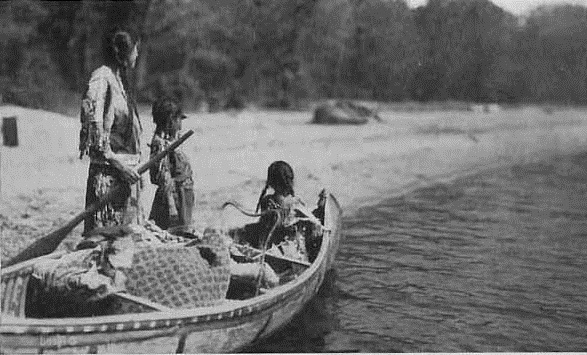
Migration is an important part of the oral traditions and histories of many Indian nations. The oral tradition of the Ojibwa (Anishinabe) tells of the five original clans – Crane, Catfish, Loon, Bear, and Marten – traveling west from the Atlantic Ocean, through the Great Lakes and into what are now Minnesota, Ontario, and Manitoba. Originally, the people had been living by a great sea, traditionally called the Land of the Dawn (Waabanakiing), where they were ravaged by sickness and death. The great miigis (cowrie shell; also spelled megis) appeared out of the sea and brought warmth and light to the people by reflecting the rays of the sun. At this time, the people were given the great rite-the Midewiwin-in which life was restored and prolonged.
The oral tradition also tells that a powerful miigis went into the sea and then returned with a prophecy for the people. According to this prophecy, the people needed to move west to keep their traditional ways alive. The prophecy told of a time when there would be new settlements by the sea of a people who would be incapable of understanding the traditional ways.
The miigis then disappeared and reappeared in the west leading the people into new areas. The Midewiwin lodge was pulled down and the rite was not practiced until the people settled in the area near present-day Montreal, Canada. After a while, the miigis led them farther west to the shores of Lake Huron. Once again the Midewiwin lodge was constructed and the rite practiced. After a while, the miigis led them to a place called Bow-e-ting located at the outlet of Lake Superior. Here they remained for many winters. The miigis then led them to the Island of La Point (Medicine Island).
The story of the migrations of the five Anishinabe clans has been recorded in oral tradition and has also been incised on the birch bark scrolls of the Midewiwin lodge. John Rogers recalls his father telling him about one of the scrolls:
“This is a chart … that has been handed down to me through many generations of our peoples. It is said to be fully six hundred years old.”
As an aside, it should be pointed out that most non-Indian scholars seem firmly predisposed to the idea that no Indian nation north of Mexico had writing. Yet the designation of the Ojibwa as Ozhibii’iwe meaning “those who keep records of a vision” refers to their pictorial writing used in the Midewiwin rites.
The tribes of the Three Fires Confederacy-Ojibwa (known as Older Brother), Ottawa (known as Middle Brother), Potawatomi (known as Younger Brother)-were once a single people living in the east according to oral tradition. According to the Midewiwin scrolls, the Confederacy was formally organized about 796 CE. At this time, the tribes were living in the area of the Straits of Mackinac. The Potawatomi would later separate and move south into present-day Michigan. It is estimated that the three tribes may have separated as late as 1550.
With the coming of the European fur trade, the Ojibwa once again migrated. As the Ojibwa moved into the present-day states of Minnesota and Wisconsin during the late 1700s, they established numerous permanent villages along rivers and lakes. This in-migration resulted in pushing the Sioux populations of the area toward the west and south. During this time, the people were fragmented into numerous villages, large and small, distributed over a very broad area. This meant that economic, ceremonial, and political cooperation and communication were not maintained among them.
Some of the people moved out into the plains of Manitoba, Saskatchewan, and Alberta (Canada), often working with the fur traders, intermarrying with them, and having children who would later become known as Métis. These western groups of Ojibwa were sometimes called Nakawe, Saulteaux, or Bungee.
The migrations of the Ojibwa people continued during the twentieth century, with some settling on the Rocky Boy Reservation in Montana. In the twenty-first century, federal recognition was denied for the Little Shell Chippewa (Ojibwa).Today there are Ojibwa living throughout the United States and Canada, including, according to oral tradition, at least one living in a New Mexico pueblo.
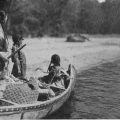
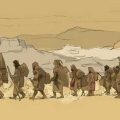
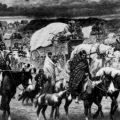
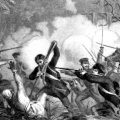
One living in a New Mexico Pueblo??? I’ve never heard that story.
Your derivation of the meaning of “Ojibwe” is unique and I think shows unfamiliarity with the etymology. The name comes from a stem meaning “puckered.” There have been two explanations — either it refers to a style of puckered moccasin that the Ojibwe wore, or it refers to a style of cooking meat. There is no chance that the Ojibwe had written language, otherwise there would not be such disagreement about their origin stories. Algonquians made many maps, but lacking a convention for showing direction, there is no way to tell if the old maps show movement west to east or east to west.